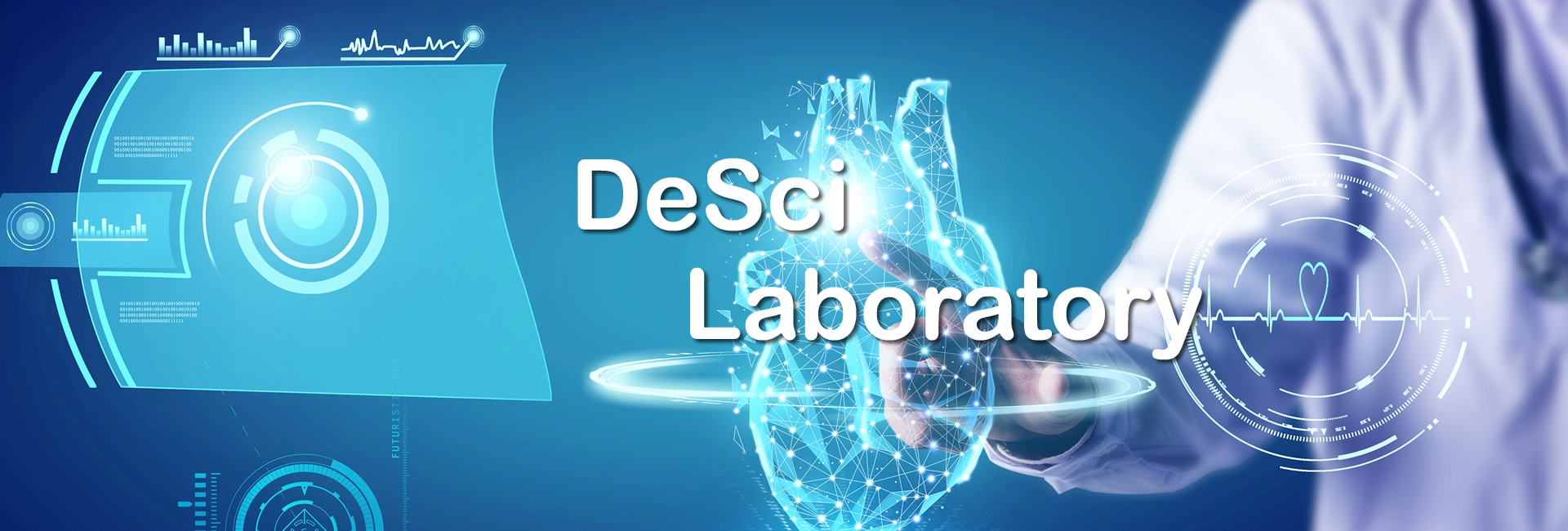Browse Conferences
Enhancing Generalizability of Representation Learning for Data-Efficient 3D Scene Understanding
The field of self-supervised $3 D$ representation learning has emerged as a promising solution to alleviate the challenge presented by the scarcity of extensive, well-annotated datasets. However, it continues to be hindered by the lack of d...
DeDoDe: Detect, Don’t Describe — Describe, Don’t Detect for Local Feature Matching
Keypoint detection is a pivotal step in 3D reconstruction, whereby sets of (up to) K points are detected in each view of a scene. Crucially, the detected points need to be consistent between views, i.e., correspond to the same 3D point in t...
Objects With Lighting: A Real-World Dataset for Evaluating Reconstruction and Rendering for Object Relighting
Reconstructing an object from photos and placing it virtually in a new environment goes beyond the standard novel view synthesis task as the appearance of the object has to not only adapt to the novel viewpoint but also to the new lighting ...
Multi-Body Neural Scene Flow
The test-time optimization of scene flow—using a coordinate network as a neural prior [27]—has gained popularity due to its simplicity, lack of dataset bias, and state-of-the-art performance. We observe, however, that although coordinate ...
GAPS: Geometry-Aware, Physics-Based, Self-Supervised Neural Garment Draping
Recent neural, physics-based modeling of garment deformations allows faster and visually aesthetic results as opposed to the existing methods. Material-specific parameters are used by the formulation to control the garment inextensibility. ...
RelPose++: Recovering 6D Poses from Sparse-view Observations
We address the task of estimating 6D camera poses from sparse-view image sets (2-8 images). This task is a vital pre-processing stage for nearly all contemporary (neural) reconstruction algorithms but remains challenging given sparse views,...
Relative Pose for Nonrigid Multi-Perspective Cameras: The Static Case
Multi-perspective cameras with potentially nonoverlapping fields of view have become an important exteroceptive sensing modality in a number of applications such as intelligent vehicles, drones, and mixed reality headsets. In this work, we ...
POCO: 3D Pose and Shape Estimation with Confidence
The regression of 3D Human Pose and Shape (HPS) from an image is becoming increasingly accurate. This makes the results useful for downstream tasks like human action recognition or 3D graphics. Yet, no regressor is perfect, and accuracy can...
Fusing Directions and Displacements in Translation Averaging
Translation averaging solves for 3D camera translations given many pairwise relative translation directions. The mismatch between inputs (directions) and output estimates (absolute translations) makes translation averaging a challenging pro...
SlimmeRF: Slimmable Radiance Fields
Neural Radiance Field (NeRF) and its variants have recently emerged as successful methods for novel view synthesis and 3D scene reconstruction. However, most current NeRF models either achieve high accuracy using large model sizes, or achie...

